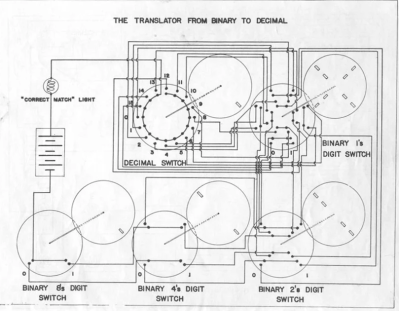This winter, a group of electric vehicle enthusiasts, including [Dane Kouttron], raced their homemade electric go-karts on the semi-frozen tundra nearby as part of their annual winter tradition. These vehicles are appropriately named Atomic Thing and Doom Sled, and need perfect weather conditions to really put them to the test. You want a glass-like race track but snowfall on ice freezes into an ice-mush intermediate that ends up being too viscous for high-speed ice vehicles. The trick is to watch for temperatures that remain well below zero without snow-like precipitation.
The group is from the community makerspace out of MIT known as MITERS and already have EV hacking experience. They retrofitted their VW Things vehicle (originally built for a high speed electric vehicle competition) to squeeze even more speed out of the design. Starting out with an 8-speed Shimano gearbox and a 7kW motor, they assembled a massive 24S 10P battery out of cylindrical A123 cells salvaged from a Prius A123 Hymotion program. This monster operates at 84V with a 22AH capacity, plenty for power for the team to fully utilize the motor’s potential.
The battery is ratchet strapped to the back of the Atomic Thing to provide more traction on the ice. It must feel just like riding on top of a different kind of rocket.
They tried using ice skates in the front of the Atomic Thing, but the steering was difficult to control over rough ice. Studded solid tires perform quite well, resulting in less jarring movement for the driver. Doom Sled is a contraption built from a frame of welded steel tube and a mountainboard truck with ice skate blades for steering. The motor — a Motenegy DC brush [ME909] — was salvaged from a lab cleanout, transferring power to the wheels through a chain and keyed shaft. The shaft-to-wheel torque was duly translated over two keyed hub adapters.

The crew fitted a seat from a longscooter and made a chain guard from aluminum u-channel to keep the flying chain away from the driver’s fingers. The final user interface includes a right-hand throttle and a left-hand “electric brake” (using resistors to remove the stored energy quickly to combat the enormous inertia produced by the vehicle).
Overall, ice racing was a success! You can see the racing conditions were just about perfect, with minimal ice mush on the lake. Any rough patches were definitely buffered smooth by the end of the day.






















